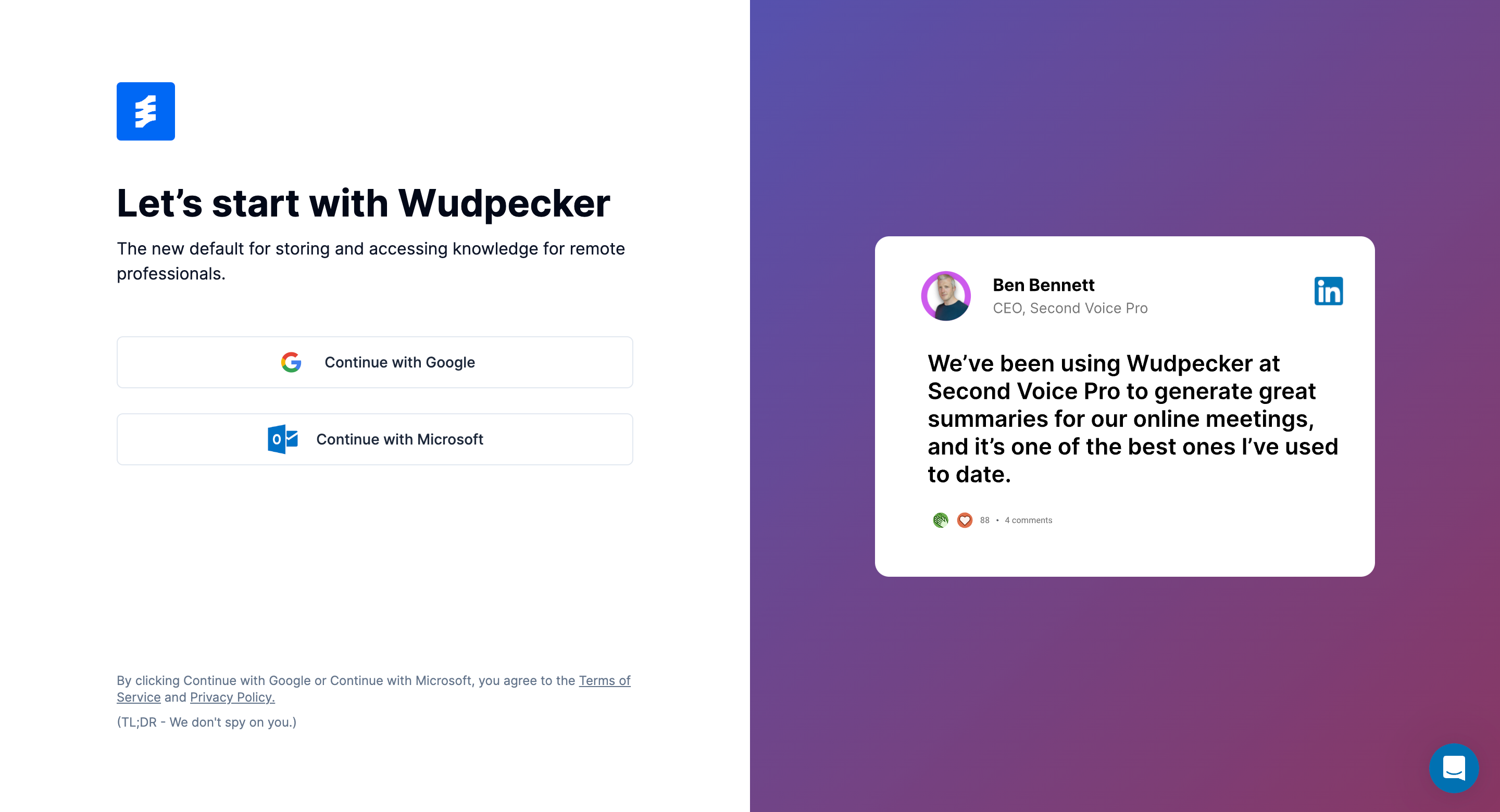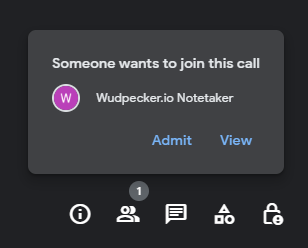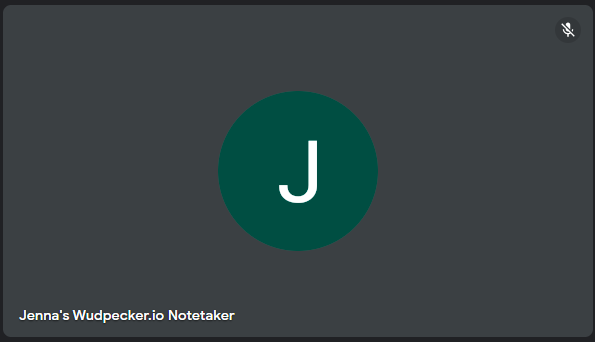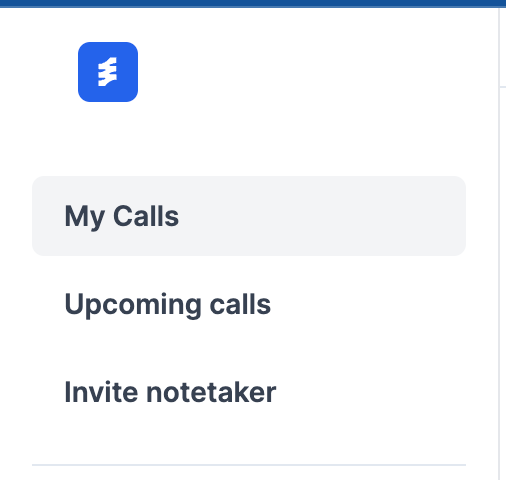Wondering how to get the most out of your one-on-ones with an employee? Don't know how to inspire them or get them to align with the company's goals?
Look no further. We've gathered tips and a list of questions to use for this purpose.
We'll focus specifically on:
- What Happens in a One-on-One?
- How to Prepare for a 1:1
- Questions to Ask the Employee
- Encouraging Open Dialogue in One-on-One Meetings
What Happens in a One-on-One?
1:1 meetings are where hopefully goals are aligned, feedback is exchanged, and mutual understanding is deepened.
Who's in the Room? The key participants in these meetings are:
- The Employee: Bringing forward their work, seeking guidance, and expressing career aspirations.
- The Manager: Offering feedback, setting expectations, and supporting the employee's growth within the company.
Occasionally, one-on-ones can extend to include the manager's manager, especially when conversations need to dive into broader career strategies or when gaining additional perspective is beneficial.
Duration and Frequency: Typically, a one-on-one meeting lasts between 30 to 60 minutes, offering a regular touchpoint with your manager about the past week or couple of weeks.
The Agenda: Expect to spend:
- The first 10–15 minutes discussing recent achievements or updates.
- Another 10–15 minutes delving into current projects or roadblocks.
- The remainder of the time is often reserved for long-term discussions about professional development and future goals.
Flexibility Is Key: While structure is good, the best 1:1 meetings can sometimes go off-script. They adapt to what's most pressing, whether that's tackling a new challenge head-on or celebrating a win that was a long time in the making.
Two-Way Conversation: It's not a monologue but a dialogue. Expect to exchange ideas, offer support, and sometimes agree to disagree – all in the spirit of moving forward.
Action Items and Follow-Ups: A critical part of these recurring meetings is wrapping up with clear action items. What's agreed upon here will likely shape your work until the next one-on-one.
How to Prepare for a 1:1
Preparation is the bedrock of a productive one-on-one meeting. Here's how to do it well:
Review Employee Performance
Start by reviewing the employee's recent work in relation to the objectives and action items from past meetings.
Acknowledge their achievements and note any areas where they've encountered obstacles. This not only helps you spot trends in their performance but also primes you for a constructive conversation.
Prepare a Simple Agenda with Questions
While you should have an idea of the questions and topics you want to discuss, avoid crowding the agenda so you don't become confused during the meeting.
Focus on key talking points that are relevant to the employee's current responsibilities and their growth trajectory within the company. A thoughtful agenda acts as a roadmap, ensuring that you touch on the immediate tasks while also steering towards broader career development conversations.
Let AI take care of notetaking
With the dynamic and challenging nature of one-on-ones, it's crucial to stay present during the conversation.
By recording the meeting and summarizing the discussions, Wudpecker's AI notetaker allows you to engage fully without having to worry about missing any details or not listening well enough.
But how does it work?
1. Sign in to Wudpecker by clicking "Get started"

2. Continue either by connecting a Google or Microsoft account to Wudpecker.

After this, accept the permission for Wudpecker to access your calendar (this is for the purpose of automatically joining calls for a more seamless experience).
3. Make sure the meeting you want notes for shows up in "Upcoming calls" and that there's an activated toggle button next to it.

If this is not the case...
- Make sure you signed up with the correct account. The items on the menu are all the events in your calendar connected to the account you signed up with.
- Check that the meeting event you have in your calendar has a meeting link. (Psst: The meeting link needs to be in the "location" of the event)
- Try clicking on the toggle button to activate it (it should be activated/colored automatically).
- If none of this helps, you can always contact us by pressing the chat button on the right bottom corner.
Easy peasy! For any future meetings, just admit the notetaker in each time, and you'll be all set!
4. Once you're in the meeting, allow Wudpecker's Notetaker to join by clicking "Admit".


5. Soon after the meeting has ended, you'll see notes and a transcript for your meeting in "My Calls".

Questions to Ask the Employee
Use any of these one-on-one meeting questions to stitch together a clearer picture of your employee's aspirations, contributions, and how they match with the broader patterns of the organization’s goals.
As you navigate through these one-on-one meetings, remember they're not just about checking in about the past week's tasks — they're about checking up on the career heartbeat of your direct reports.
Personal Development and Career Growth
- Reflecting on the past week, what accomplishments are you most proud of?
- Looking ahead, what career goals are you aiming to achieve in the next year?
- What new skills would you like to focus on acquiring in the short term, and how can I support you in that journey?
- How do you see your role evolving within the company, and what can we do to prepare for that transition?
- What challenges have you faced recently, and how can we turn these into learning experiences?
Cultivating a Growth Mindset
- What's a recent setback you've experienced, and what did you learn from it?
- How do you approach problem-solving when faced with a new challenge?
- Can you share an instance where you turned a criticism into a constructive growth opportunity?
- What does a growth mindset mean to you in the context of your current role?
- In what ways do you believe you can contribute to innovation within our team?
Assessing Work Culture and Environment
- How would you describe the current team dynamics, and where do you see room for improvement?
- What aspects of our team culture do you value the most, and why?
- Can you give an example of how our work environment has helped or hindered your personal and professional well-being?
- Are there any changes you would suggest to enhance our team culture and make it more inclusive?
- How does the support from the company impact your work-life balance?
How to Foster Open Communication
- What are some topics or concerns you haven't had the opportunity to voice yet?
- How comfortable do you feel providing upward feedback, and what can I do to improve that?
- What are some communication barriers you've encountered, and how can we address them together?
- In what areas would you appreciate more or less direction as you work towards your professional milestones?
- In terms of our one-on-one meetings, what structure or approach do you think would make them more productive for you?
Encouraging Open Dialogue in One-on-One Meetings
Here’s more pro tips on how to ensure an effective one-on-one meeting:
Active Listening is Your Superpower
- Practice undivided attention; the kind that silences the background noise of your to-do list.
- Encourage by nodding and affirming. It's the silent applause that urges them to continue sharing.
- Ask clarifying questions. It’s like turning the lens to bring their thoughts into sharper focus.
- Summarize their points. It’s your way of showing that you’re on the same page.
- Acknowledge emotions, not just facts. It validates their feelings as much as their words.
Foster Honest and Safe Communication
- Ensure confidentiality. It’s the foundation that trust is built upon.
- Discuss sensitive topics with discretion. It’s like handling a rare book; with care and reverence.
- Avoid judgment. Replace it with curiosity. Questions should be bridges, not trenches.
Building Rapport Beyond the Meeting
- Share a bit about yourself. It’s a two-way street, and sometimes, you’ll need to drive first.
- Recognize their work in team settings. Let them know their efforts echo beyond the walls of your one-on-one.
- Celebrate milestones together. Every goal met is a shared victory.
- Utilize Wudpecker's meeting notes after the meeting to make sure you remember everything that was agreed upon and act on it. It's a signal to the employee that you respect your discussions and decisions.
Conclusion
In summing up our exploration of one-on-one meetings, we return to their core purpose: to enhance communication between managers and employees and to further both personal and company growth.
- The Power of Questions: Utilizing insightful one-on-one meeting questions is essential for uncovering employee potential, addressing their concerns, and emphasizing their integral role in the company’s vision.
- Beyond the Checklist: While structured questions are the springboard, the true value lies in the spontaneous dialogue, the shared insights, and the actionable outcomes that result from these conversations.
- Commitment to Action and Growth: Concluding each meeting with clear action items and remembering to act on them exemplifies the dedication to continuous improvement. This also ensures that each session contributes constructively to the employee's career trajectory and the organization's success.
As managers, the way you conduct these meetings can profoundly impact employee motivation and your team's cohesion. These discussions are an investment in your team's future, so approach them with the intent to listen, understand, and act—building a foundation for a dynamic and productive workplace.
FAQs
What are essential one-on-one meeting questions to ask?
As a manager, focus on asking questions that drive employee engagement, assess work environment satisfaction, and facilitate career growth. Consider these one on one meeting questions:
- Can you share any personal life goals and how they align with your work here?
- What kind of support or additional training would be most helpful to you right now?
- How do you feel about the team dynamics, and what can be done to improve them?
What components are vital in one-on-one meetings?
Effective one-on-one meetings should involve a personal check-in on well-being, a discussion of any personal challenges, and a review of the past week or two weeks' progress. Management should offer enough feedback to guide but not overwhelm, and employees should feel they can openly discuss their career goals and receive feedback that helps them grow.
What are some constructive one-on-one questions to ask your team?
To ensure your team meetings are productive, inquire about new skills the team members are interested in developing or any obstacles they've faced recently. Questions about work-life balance or how they manage distractions can also yield valuable insights into supporting their well-being.
What should I anticipate in a one-on-one meeting?
Expect a two-way street in a one-on-one conversation: a time for open-ended questions and honest dialogue. It's not just a check-in about the previous week but a strategic touchpoint for both parties to align on long-term goals, management style, and to ensure that everyone is on the same page moving forward.
How can I prepare ahead for my next one-on-one meeting?
To prepare ahead for your next meeting, review the meeting agenda, reflect on the talking points from the last week, and consider any personal level feedback you might have for your direct report. It’s also a time to offer support and discuss new ideas that could contribute to the team's success.



.svg)




_.png)








.png)
.png)


.png)


.svg)
